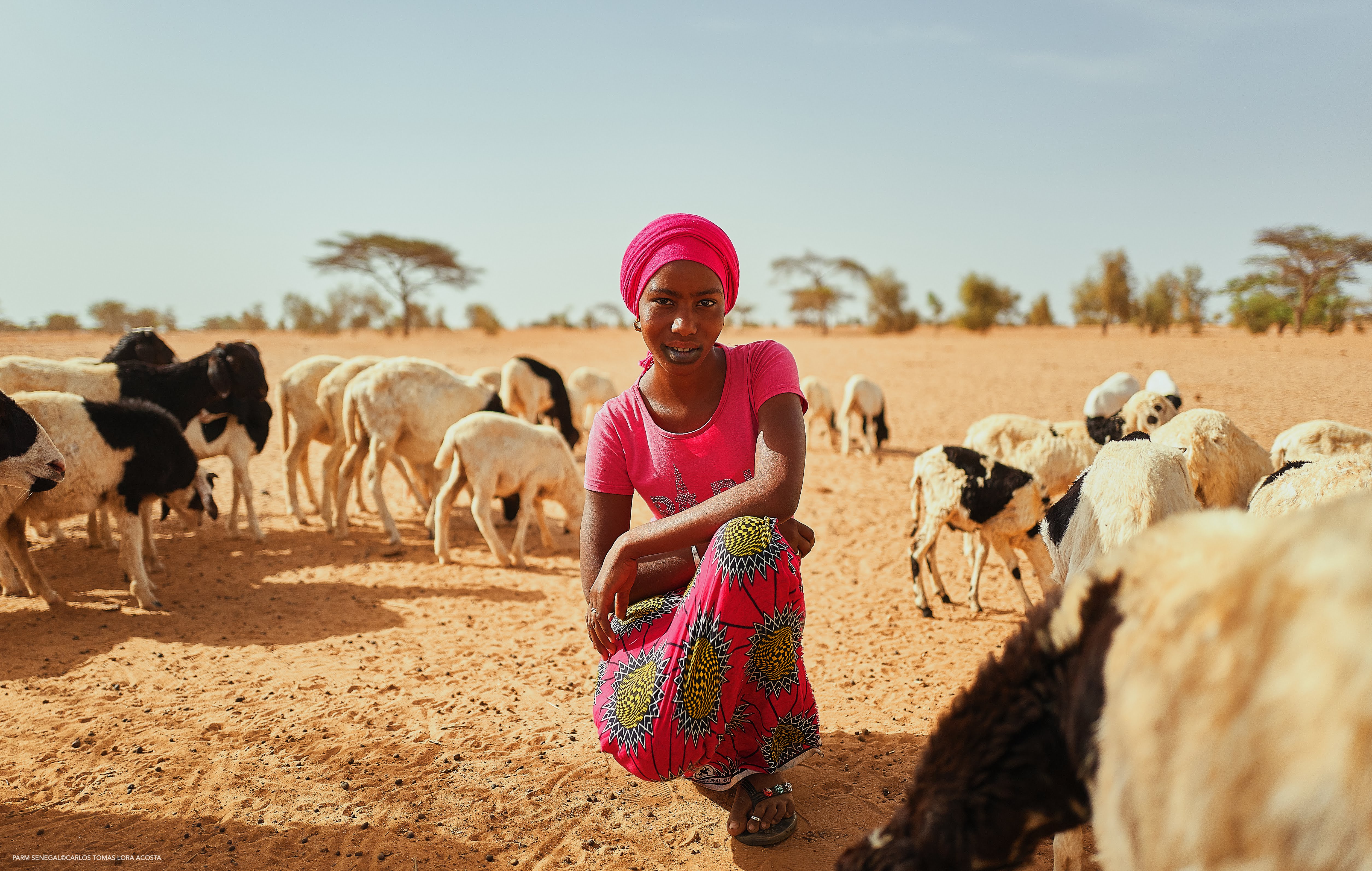While national and local authorities are responsible for encouraging agricultural risk management, the full impact will only be felt when farmers, too, play their part. But how can small-scale farmers approach a market that is only getting more complex?
By David Owino
It had been a lucrative year for Francis Mukono. He and a group of local farmers have been practicing organic farming, and they’ve even found a bulk buyer who exports their produce to Europe at favourable prices.
But when we recently visited his farm in central Kenya’s Kirinyaga county, it looked abandoned. It was overgrown with weeds, and part of the cabbage crop had been uprooted and fed to the animals. We soon understood why: the COVID-19 restrictions in Kenya had disrupted access to the export market – and with the local markets flooded with produce, Francis and his group were stuck with their crop.
Unfortunately, experiences like those of Francis and his group are becoming more and more common as risk and uncertainty intensify in the agriculture sector – especially throughout Africa.
We need a plan
According to Massimo Giovanola, lead technical specialist for IFAD’s Platform for Agricultural Risk Management (PARM), trends like these are a reminder that new ways of thinking about risk management are needed – not only at the community and national levels, but also at regional and global levels. “Prioritizing risks is now more than ever urgent. To carefully consider risk exposures and prioritize them accordingly allows you to also prioritize the tools to address them. This requires a comprehensive plan,” he says.
According to a study by the New Partnership for African Development, the agriculture sector employs at least half of the entire working population in Africa. In some regions such as East Africa, that figure rises to 70 per cent. Furthermore, about half of all new entrants into Africa’s job markets over the last 30 years have joined the agriculture sector. Risks to this sector, therefore, have far-reaching effects on development outcomes throughout the region.
Agricultural stability reduces poverty
According to Massimo, the major risks facing agriculture and food production in sub-Saharan Africa can be classified into three categories: weather-related risks, production-related risks, and market- and finance-related risks. Extreme weather events, such as the floods and droughts that push millions of people into poverty and hunger each year, have been highlighted as some of the greatest challenges to Africa’s development. Meanwhile, the region also faces numerous production-related challenges, including the desert locust invasion of East Africa and the Horn of Africa. And market disruptions such as COVID-19 restrictions are pushing some small-scale farmers into poverty as well – proof that globally interconnected markets can have negative local effects on small-scale farmers.
Improving the stability of the agricultural system reduces poverty and creates more opportunities. This is just one way of improving farming communities’ resilience to shocks such as the above. Yet for African farmers, achieving this stability, even at the community level, is complex and requires rigorous, holistic approaches that involve all stakeholders: policymakers, private sector stakeholders all along the value chain, and the farming communities themselves.
A risk-informed approach
PARM works with countries and development partners throughout sub-Saharan Africa to promote such an approach. It relies on evidence of risks and provides tools to proactively manage those risks. This includes integrating agricultural risk management into development policy and farm practices and investing sufficiently in sustainable agriculture.
Often, for farmers like Francis, diversifying production is the best place to begin. This reduces their level of exposure to risks. But ultimately, it takes the involvement of all players – and many different approaches – to effectively manage the risks these farmers face.
The people have a role
While national and local authorities are responsible for encouraging agricultural risk management, the full impact will only be felt when farmers, too, play their part. But how can small-scale farmers approach a market that is only getting more complex?
One solution is for these farmers to embrace the new tools that are being developed to aid affordable market analysis. If the market is asking for tomatoes, for example, and you provide carrots, then the market will punish you. Similarly, it is equally important to ensure that the quality of the produce is aligned to market standards. Here, reliable weather data and technical support for local farmers – especially that obtained through the support of governments – is essential.
Lastly, perhaps one of the most important strategies small-scale farmers can make use of is organizing themselves. Indeed, it may no longer be possible for these farmers to survive completely on their own in the 21st century. Aggregating into cooperatives, for example, is now no longer an option but a priority for many.
Source: This article was originally posted on the DIRAJ website.
About the author: David Owino is a Kenya-based journalist specializing in business, finance, and development.
Cover image credit: PARM/Carlos Acosta
